What are Iris Plus graphics 655 and Iris Plus graphics 650, what are differences
Intel Iris Plus Graphics 655 and Iris Graphics 650 are common processor graphics cards on the market. Intel Iris Plus Graphics 655 (GT3e) is a processor graphics card released in September 2017. As the successor to Intel's Iris Graphics 650 (Kaby Lake), the Iris Plus Graphics 655 is used in the 28-watt Coffee Lake-U model. The biggest difference is the 128 MB of doubled eDRAM cache. It doesn't have any major changes compared to the Iris Graphics 650. The GT3e version of the Kaby Lake GPU still has 48 execution units (EUs) and depending on the model, it can hit 1200 MHz (1100 MHz previously). In addition to the eDRAM cache, the Iris 655 can also access system memory (2x 64-bit DDR3L-2133/DDR4-2400) through the processor interface. Compared to the 15-watt model Iris Plus 640, the Iris 655 has only a slightly higher maximum frequency and almost twice the TDP, allowing better use of the Turbo Boost potential. The exact performance of the Iris Plus Graphics 655 depends on the CPU model, as the maximum frequency as well as the size of the L3 cache may vary slightly. System memory (DDR3/DDR4) also affects performance. The fastest chips are high-clocked Core i7 models like the Core i7-8559U. Depending on the game, the Iris Plus 655 could rival a dedicated GeForce 930M or GeForce 940MX for running modern games at low to medium graphics settings. The redesigned video engine now fully supports hardware decoding of H.265/HEVC video. However, contrary to Skylake, Kaby Lake can now also decode H.265/HEVC Main 10 with 10-bit color depth, as well as Google's VP9 codec. Video output is available via DP 1.2/eDP 1.3 (up to 3840 x 2160 @ 60 Hz), while the older 1.4a standard also supports HDMI. HDMI 2.0 output can be added via a DisplayPort converter. The GPU can drive up to three displays simultaneously. The Iris Plus Graphics 655 is a 28-watt processor, so it's good for a small to the midsize laptop.
Compared with Iris Plus graphics 655, Iris Plus Graphics 650 is equivalent to the level of low-voltage versions of current mid-to-low-end N cards, 940MX, and MX150, which is the level of discrete graphics cards that are commonly used in ultrabooks. It has no advantage in today's computer configuration. But it can still complete some common daily office tasks and games with lower configuration requirements.
Author: Claire Yuan




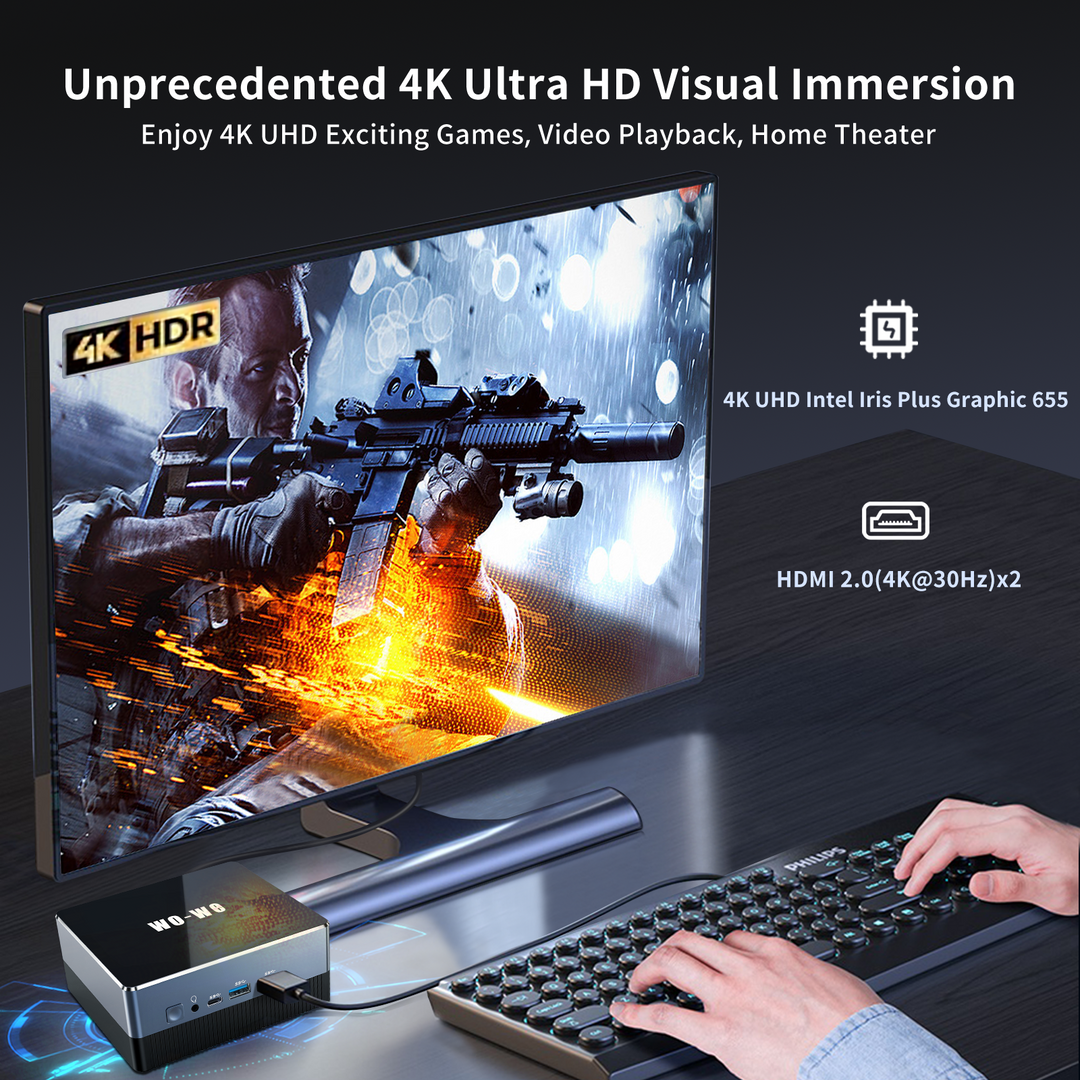

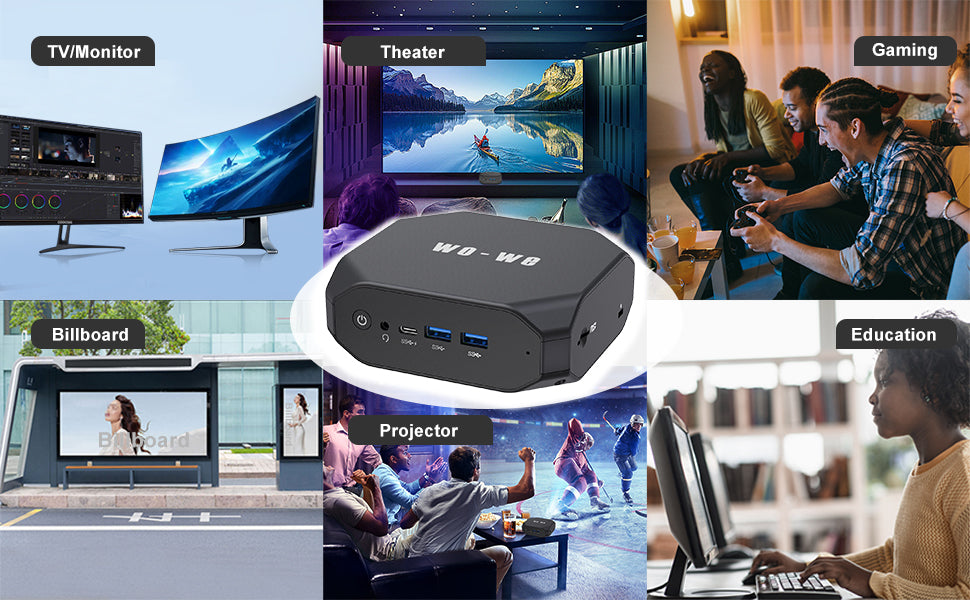


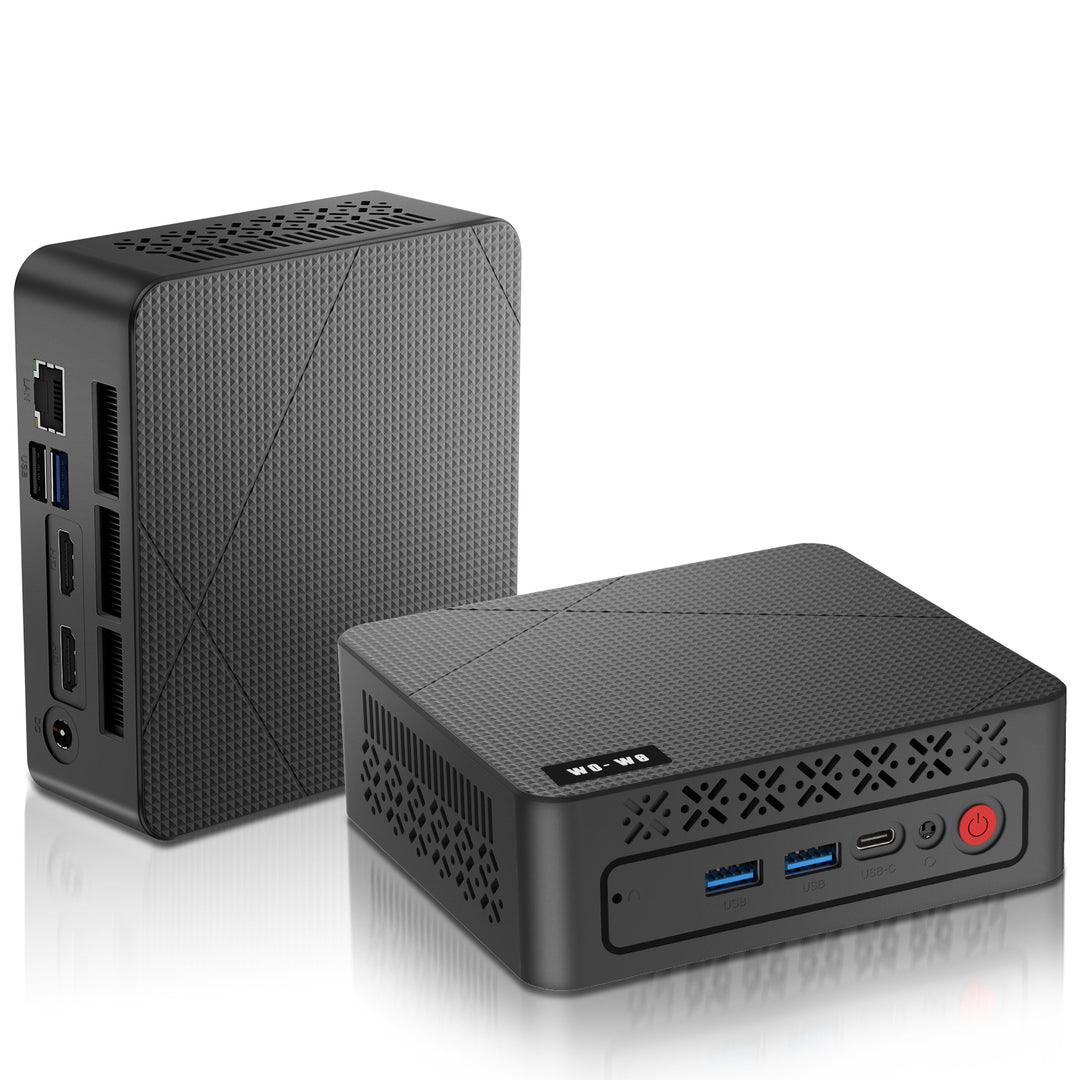
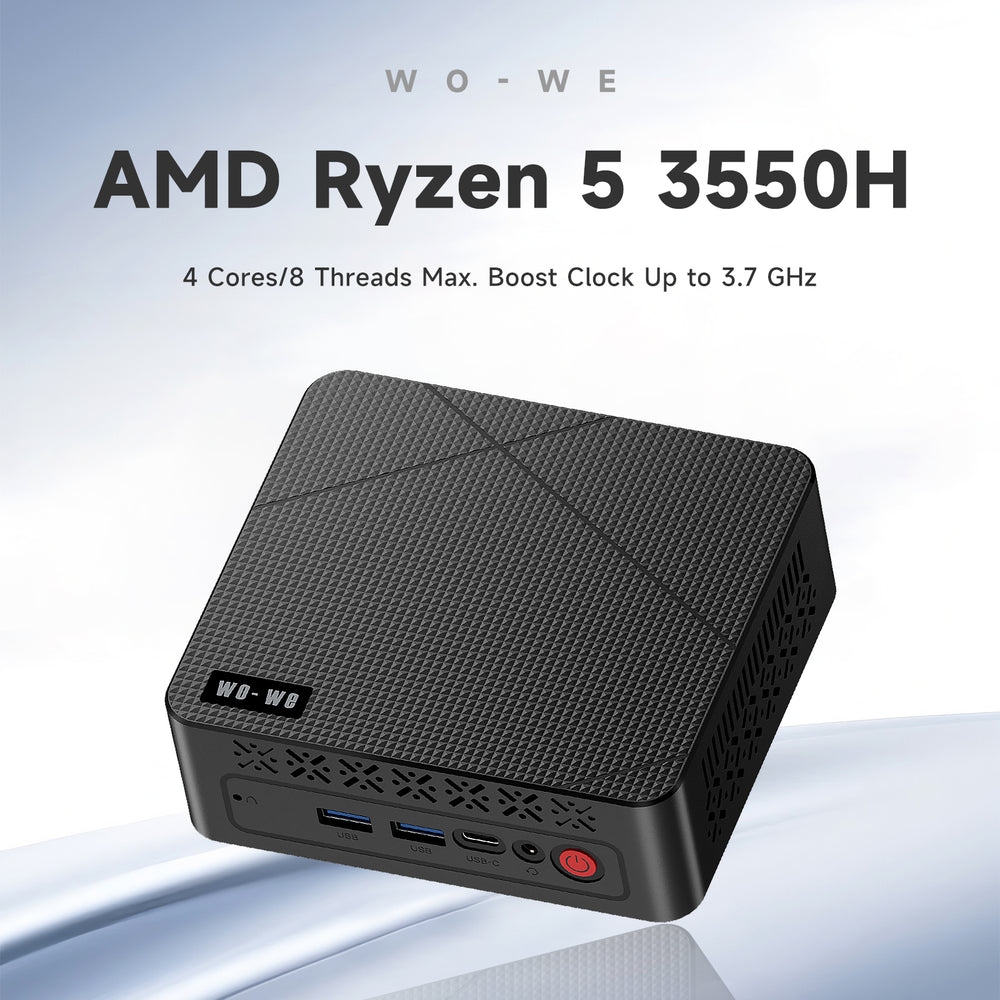
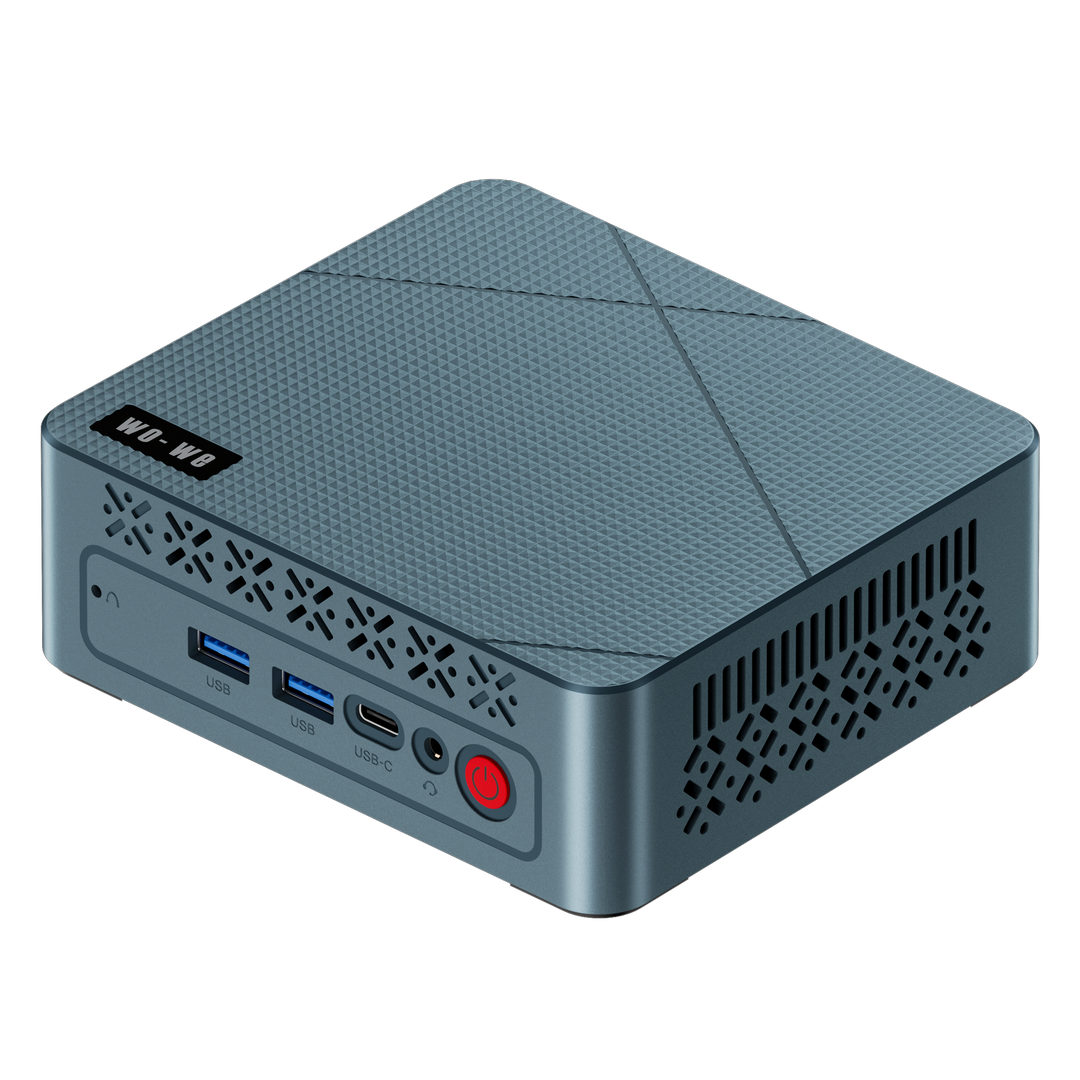
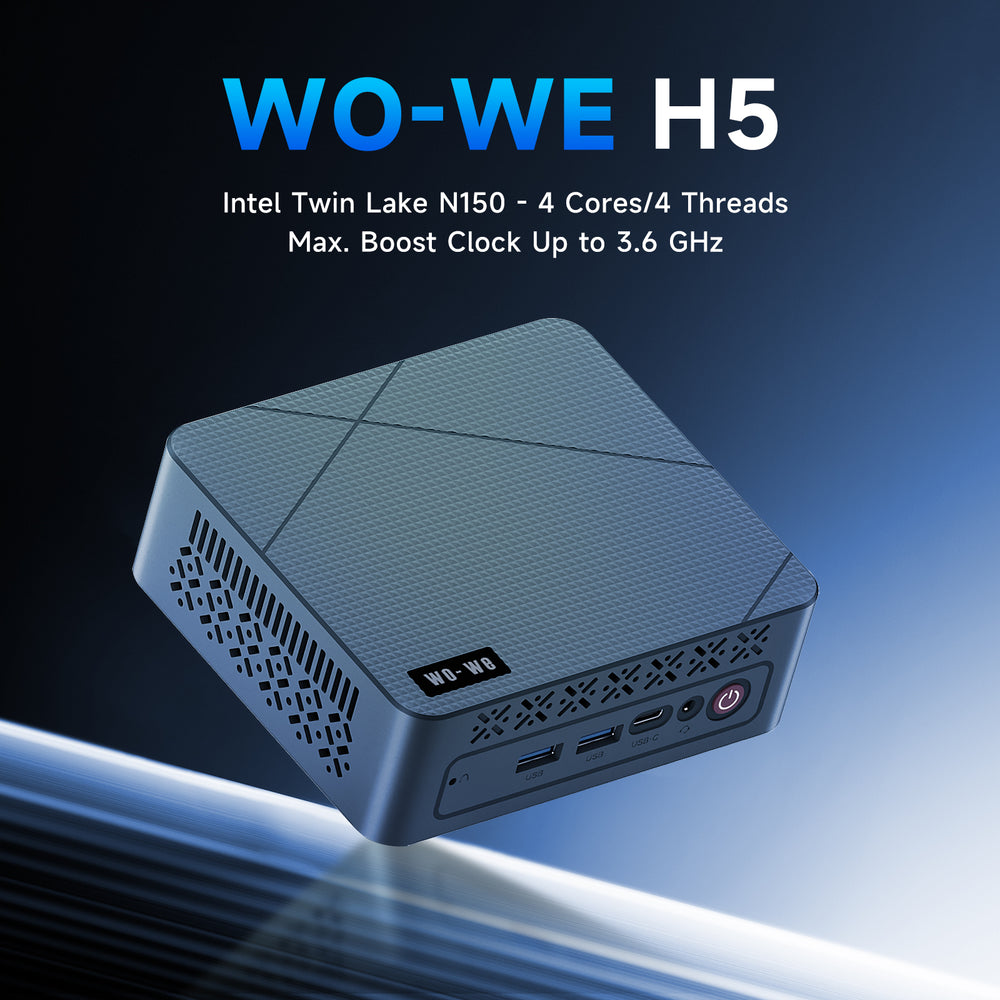
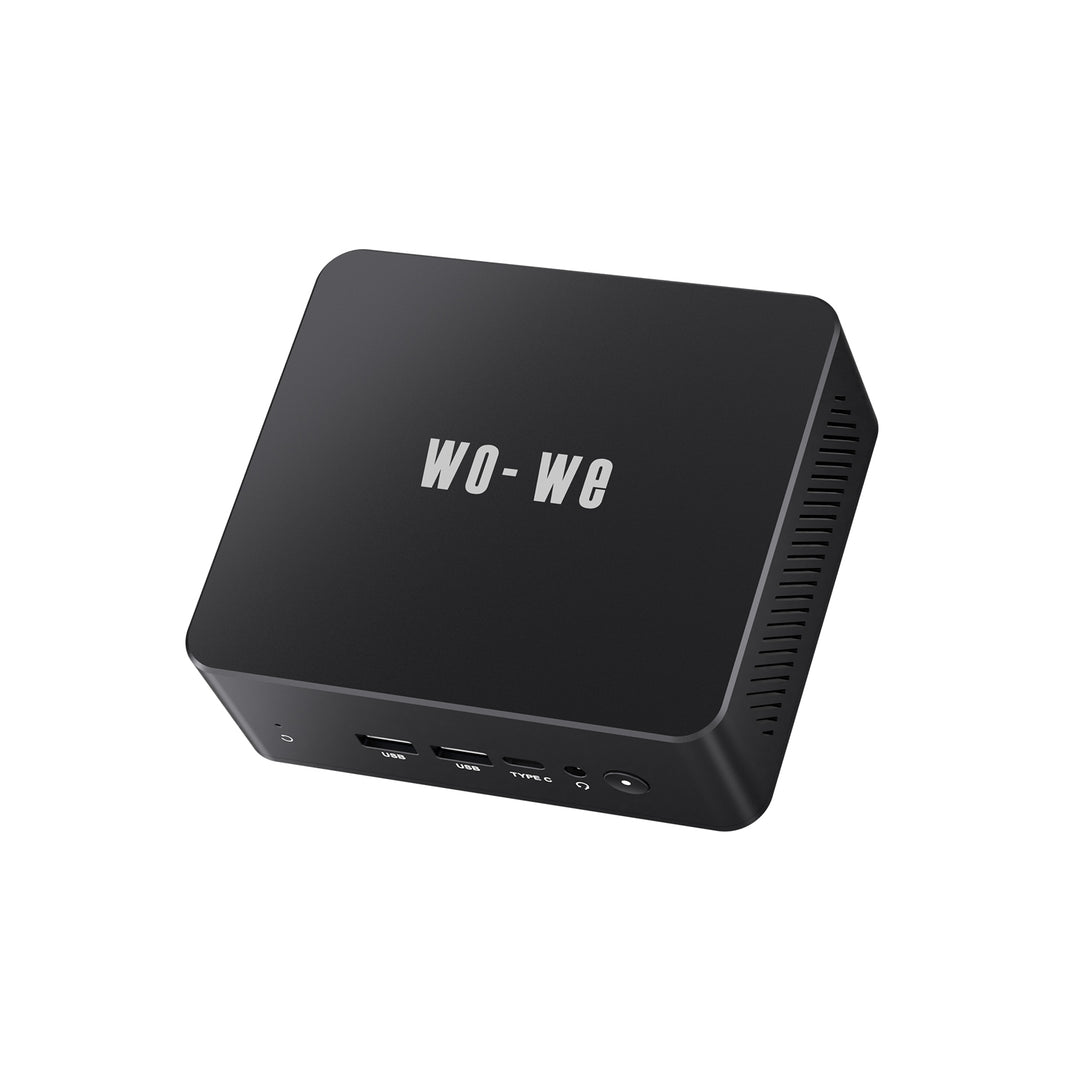
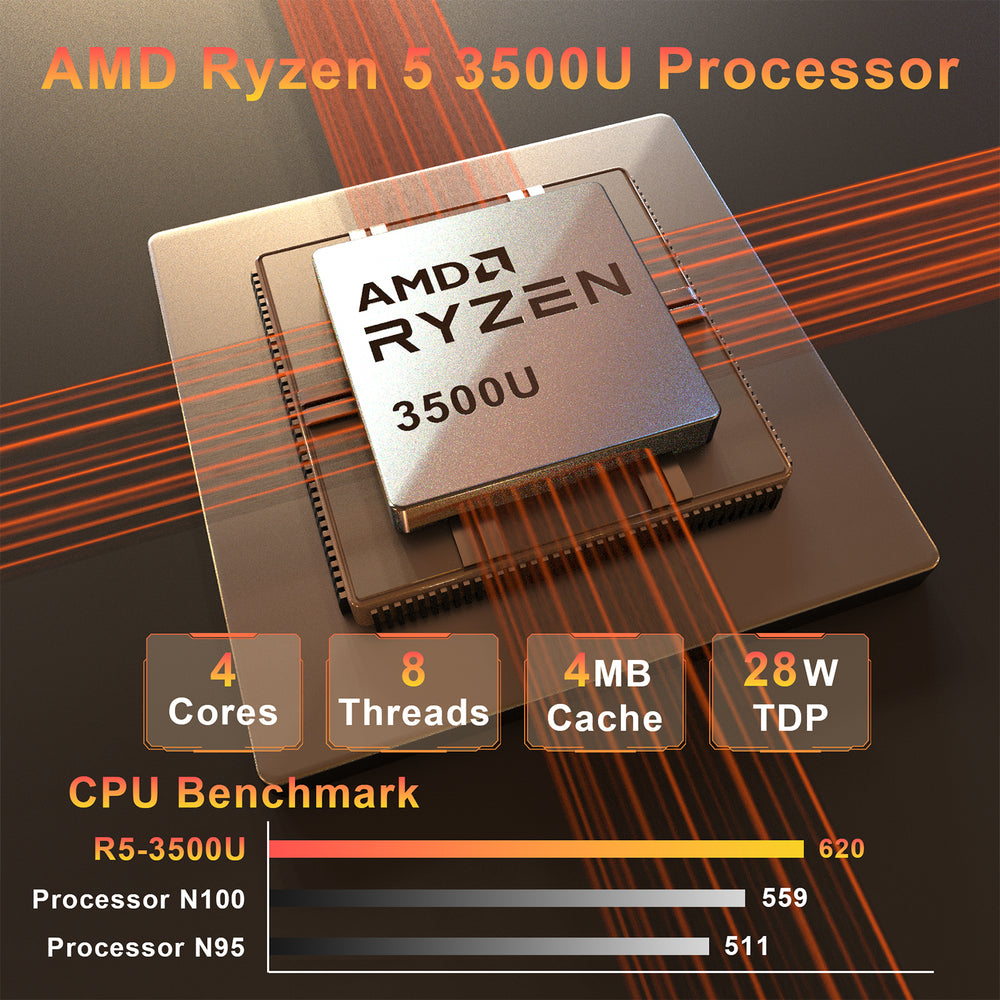
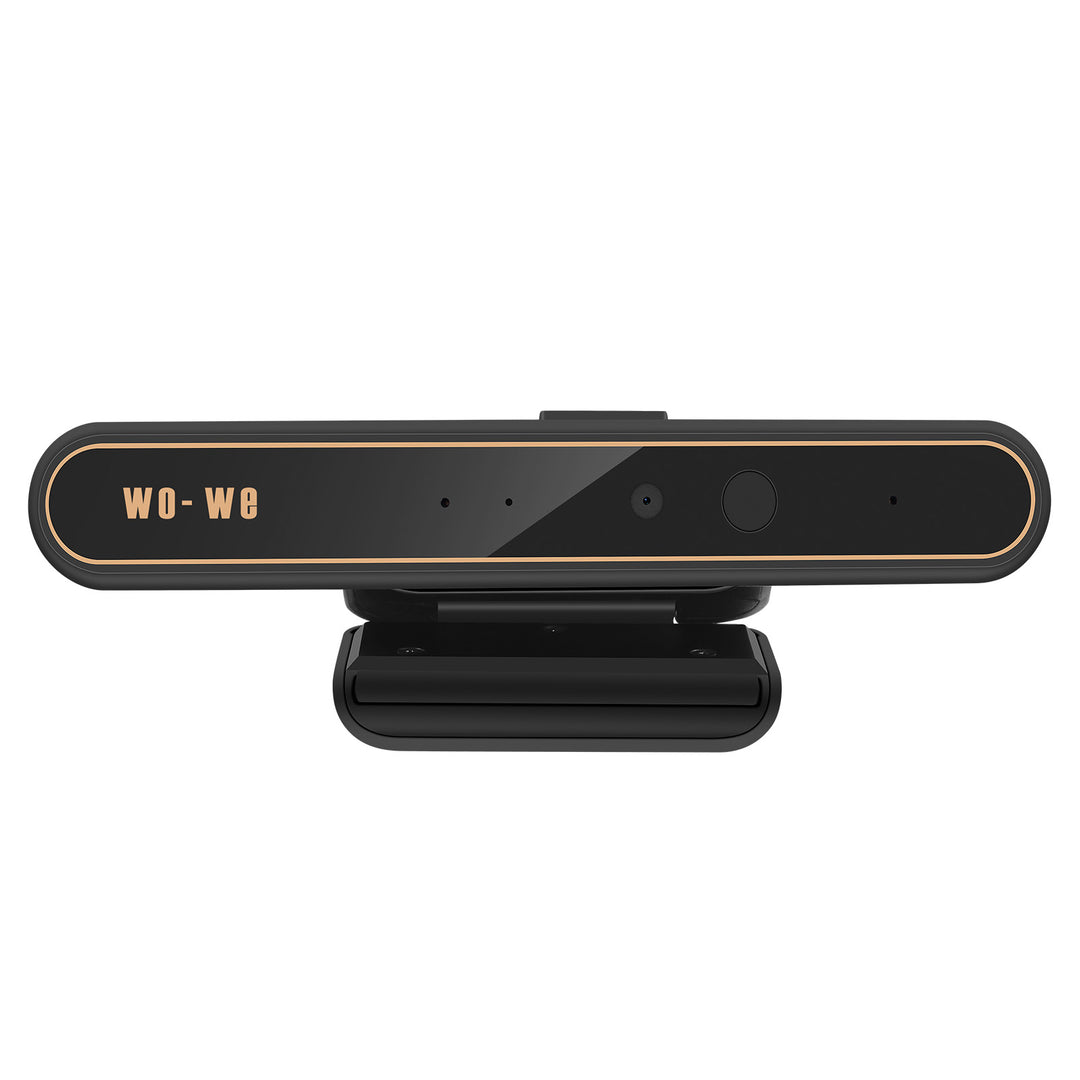

Leave a comment